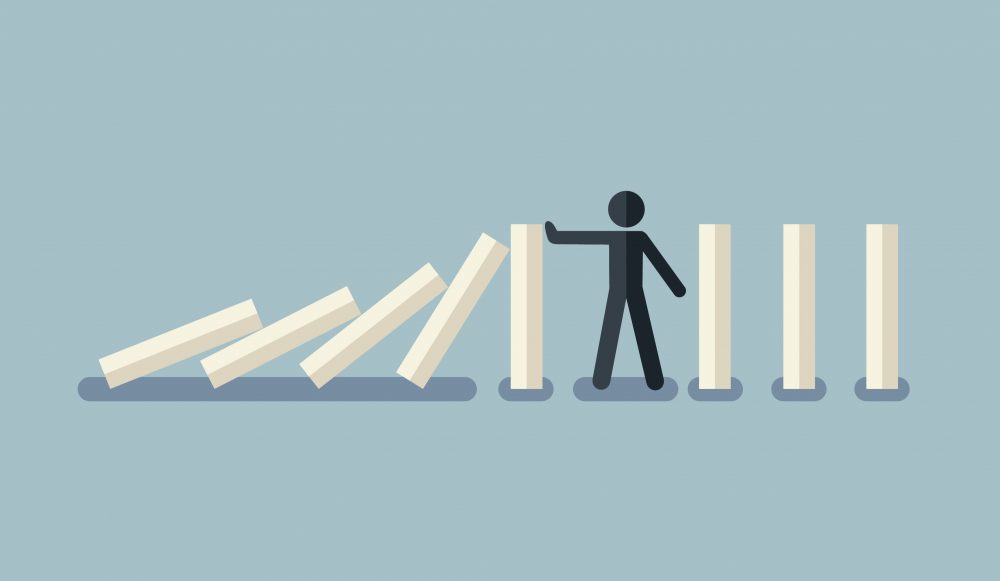
A new study examines how government response to disasters differs when the risks stem from a communicable disease.
The study, which will appear in the journal Frontiers in Public Health, centers on questionnaires aimed at “central government, local government, scientific researchers, academia, and the community population,” explains principal investigator Hsaio-Wen Wang, professor at National Cheng Kung University.
“In the questionnaire, we ask about transparency, coordination, involvement, and flexibility.”
The project’s comparative approach will “allow us to identify more robust strategies in reducing risks and enhancing resilience,” write Wang and colleagues on their website, which features more information about the project, progress updates, and a bibliography.
The project takes its goal from the Sendai Framework for Disaster Risk Reduction, which the United Nations General Assembly endorsed in 2015. The document pushes for “the substantial reduction of disaster risk and losses in lives, livelihoods, and health and in the economic, physical, social, cultural, and environmental assets of persons, businesses, communities, and countries.” Although the document predates COVID-19, the pandemic has made these goals even more urgent—and more daunting.
The best mode for governmental response to disaster risk remains an open question among scholars, says Wang. In Ghana, where the researchers will next distribute their questionnaire, an “all-hazard approach” is used. “With an all-hazard approach, no matter what type of hazard happens, the different offices and agencies will follow a similar structure in working together,” explains Wang. “Some people argue that this approach might lack flexibility, because when we are facing something new, something uncertain—like COVID-19—quick decisions might not be able to be made. It’s about effectiveness vs. flexibility.”
As for Taiwan, the team’s findings highlight areas to improve in the government’s response to COVID-19. In the paper, the team calls for greater involvement of township-level authorities, whose training might better prepare them for people exhibiting respiratory symptoms, as well as a less top-down approach. Overall, Wang says, siloing public health crises from other types of emergent situations prevents authorities at all levels from learning from each type of situation to improve and prepare for future challenges.
Wang offers a comparison to clarify the point: If there is one big flood, the response might include various engineering fixes like building levees or dams. But what if climate change brings high water all the time? The response would need to be sustainable, and address more than just the flood itself. Similarly, the response to COVID-19 needs to involve sustainable responses to ongoing risk.
“Instead of isolating ourselves, how can we have a new normal?” she asks. “And how can we have that life with people understanding potential risk and its consequences?”
By investigating the best way to achieve better disaster risk governance, Wang says, “hopefully by the end of the project we can provide something constructive and useful that policymakers can take seriously.”
The WUN partner universities for “Strengthening Disaster Risk Governance and Enhancing Societal Resilience associated with COVID-19” are The University of Auckland, the University of Ghana, and National Cheng Kung University.